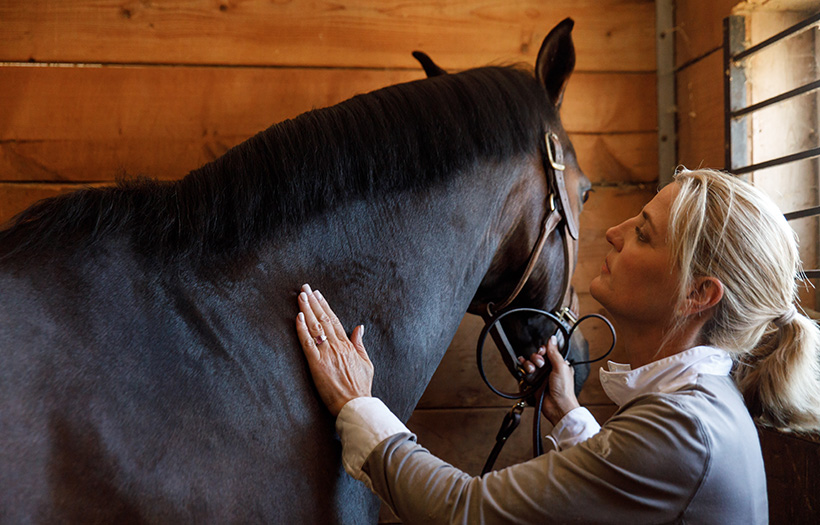Body Condition (Fat Cover)

Is your horse fit or fat?
Another major misperception is that to improve a horse’s topline, you simply add fat to the diet. Lack of topline condition is often seen as a horse that “needs weight over its back” – when in fact what is needed is an improvement in muscle quality. The horse’s topline is actually comprised of muscle; if you were to look at a cross section of the horse’s back you would see hardly any fat over the topline areas in a horse with ideal body condition. In truth, layers of fat don’t start to be visibly evident over the topline until the horse reaches a body condition score of approximately a 7 on a scale of 1 to 9. Body condition (a measure of fatness) and topline (a measure of muscle quality along the spine) must be assessed independently of one another. Because of these separate systems, it is possible to have a horse that has an ideal body condition score that still has a poor topline. It is even possible to have a horse that is obese with a poor topline.
Understanding both the horse’s caloric status (by BCS) and amino acid status (by TES) will tell a much more complete story of what needs to change to achieve optimal body condition and topline.
